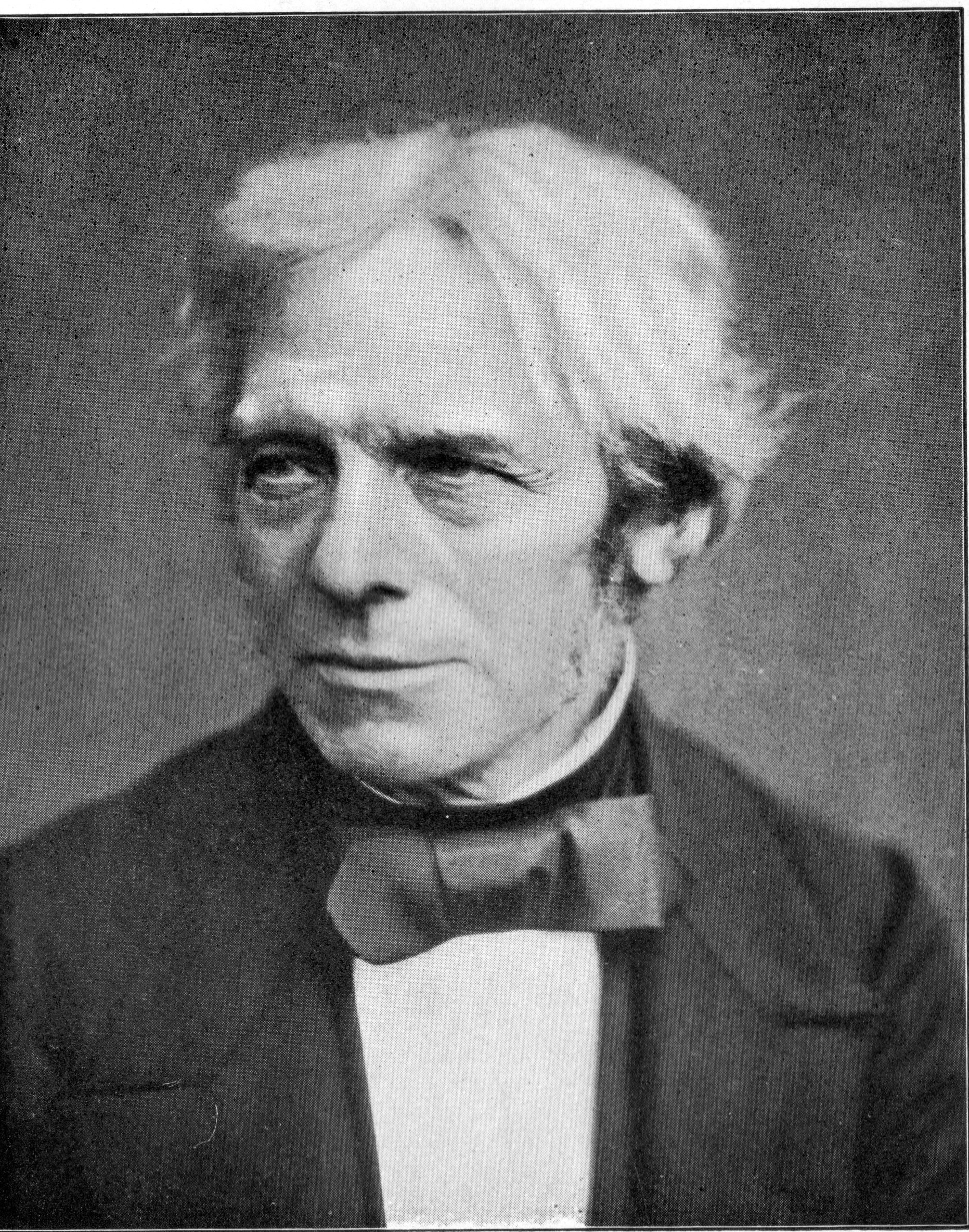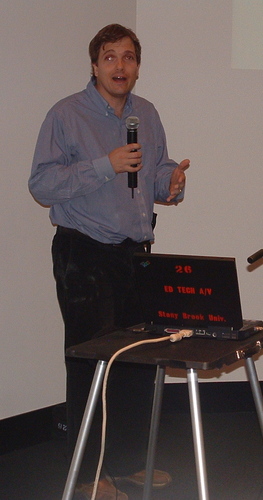
| Week 1: 8/25 | Introduction and Electrostatics: |
| Week 2 : 9/1 | Mathematics of the Poisson Equation: |
| Week 3 : 9/8 | Mathematics of the Poisson Equation (continued) |
| Week 4: 9/15 | Chapter 4: Electrostatics in Material |
| Week 5: 9/16 | Currents and Ohms Law. Magnetostics |
| Week 6: 9/29 | Quasistatics fields |
| Week 7: 10/6 | Conservation Laws. Waves. Propagation of waves at interfaces: |
| Week 9: 10/21 | Multipole radiation and radiation from slow charges : non-relativistic radiation |
| Week 10: 10/28 | Relativity and Electrodynamics: relativity part i |
| Week 11: 11/3 | Relativity and Electrodynamics continued relativity part ii |
| Week 12: 11/10 | Radiation from relativistic charges relativistic radiation part i |
| Week 13: 11/17 | Radiation from relativistic charges continued relativistic radiation part ii |
| Thanksgiving week | Class Monday, then break |
| Week 14: 12/2 | Scattering scattering |
| Week 1: | hw1, hw1_sol |
| Week 2: | hw2, hw2_sol |
| Week 3: | hw3, hw3_sol |
| Week 4: | hw4, hw4_sol |
| Week 5: | hw5, hw5_sol |
| Week 6: | hw6, hw6_sol |
| Week 7: | hw7, hw7_sol |
| Week 8,9: | hw8,hw8_sol |
| Week 10: | hw9, hw9_sol |
| Week 11: | hw10, hw10_sol, hw10_inclass, hw10_inclass_sol |
| Week 13: | hw11, hw11_sol |
| Week 14: | hw12, hw12_sol, and hw13, hw13_sol |
This is an intense one semester graduate course in Classical Electrodynamics. This is the only graduate course to meet 5 hours per week, and therefore graduate students should expect that this course will constitute a significant part of their first semester workload.
We begin with a very brief review of electrostatics and magnetostatics where the required special functions and Green function techniques are introduced. After this introduction, we describe Faraday's Law and the quasi-static approximation to the Maxwell system. Following these developments we study the propagation of light in media, and categorize the response functions of typical materials. Subsequently we describe diffractive and scattering phenomena with partially coherent light. Then we discuss multipole radiation, placing classical electrodynamics within the context of special relativity. This formalism is used to study radiation in various contexts. The course will emphasize problem solving.
A detailed set of scanned lecture notes and typed formulas will be provided for the course. Examples of the format of these notes is given on the course page for Fall 2014:
http://tonic.physics.sunysb.edu/~dteaney/F14_Phy505/course.htm .
The structure and tentative order of the course is the following
The following is a portrait of Faraday. May his memory inspire young experimentalists, and young theorists to listen to them.
 |

The course consists of three lecture hours and two hour recitation. Recitations will be used to discuss problems.
Please feel free to contact me at anytime. My official office hours are,
The final exam is on Tuesday, December 15 from 2:15--5:00 p.m in Harriman Hall 116.
The grading will be based roughly on the following table. I reserve the right to change these proportions (within reasonable limits) as the course progresses. My intent of course is to follow these guidelines.
| Homework | 25% |
| Midterm Exam | 35% |
| Final Exam | 40% |
Homework is a major part of this course, and students should expect approximately 8-10 hours of work per week. Homeworks will be assigned weekly, and will be collected ** at the start of class ** . Homework handed in within a day after the due date/time will by given a 5% penalty. After this, late homeworks will be penalized at 10% per day.
The required book for the course is
Some other books which I used when preparing the course are:
Email to your University email account is an important way of communicating with you for this course. For most students the email address is firstname.lastname@stonybrook.edu, and the account can be accessed here: http://www.stonybrook.edu/mycloud". It is your responsibility to read your email received at this account.
For instructions about how to verify your University email address see this: http://it.stonybrook.edu/help/kb/checking-or-changing-your-mail-forwarding-address-in-the-epo. You can set up email forwarding using instructions here: http://it.stonybrook.edu/help/kb/setting-up-mail-forwarding-in-google-mail. If you choose to forward your University email to another account, we are not responsible for any undeliverable messages.
If you have a physical, psychological, medical or learning disability that may impact your course work, please contact Disability Support Services, ECC (Educational Communications Center) Building, room 128, (631) 632-6748. They will determine with you what accommodations, if any, are necessary and appropriate. All information and documentation is confidential.
Each student must pursue his or her academic goals honestly and be personally accountable for all submitted work. Representing another person's work as your own is always wrong. Faculty are required to report any suspected instances of academic dishonesty to the Academic Judiciary. Faculty in the Health Sciences Center (School of Health Technology & Management, Nursing, Social Welfare, Dental Medicine) and School of Medicine are required to follow their school-specific procedures. For more comprehensive information on academic integrity, including categories of academic dishonesty, please refer to the academic judiciary website at http://www.stonybrook.edu/commcms/academic_integrity/index.html
Stony Brook University expects students to respect the rights, privileges, and property of other people. Faculty are required to report to the Office of Judicial Affairs any disruptive behavior that interrupts their ability to teach, compromises the safety of the learning environment, or inhibits students' ability to learn. Faculty in the HSC Schools and the School of Medicine are required to follow their school-specific procedures.